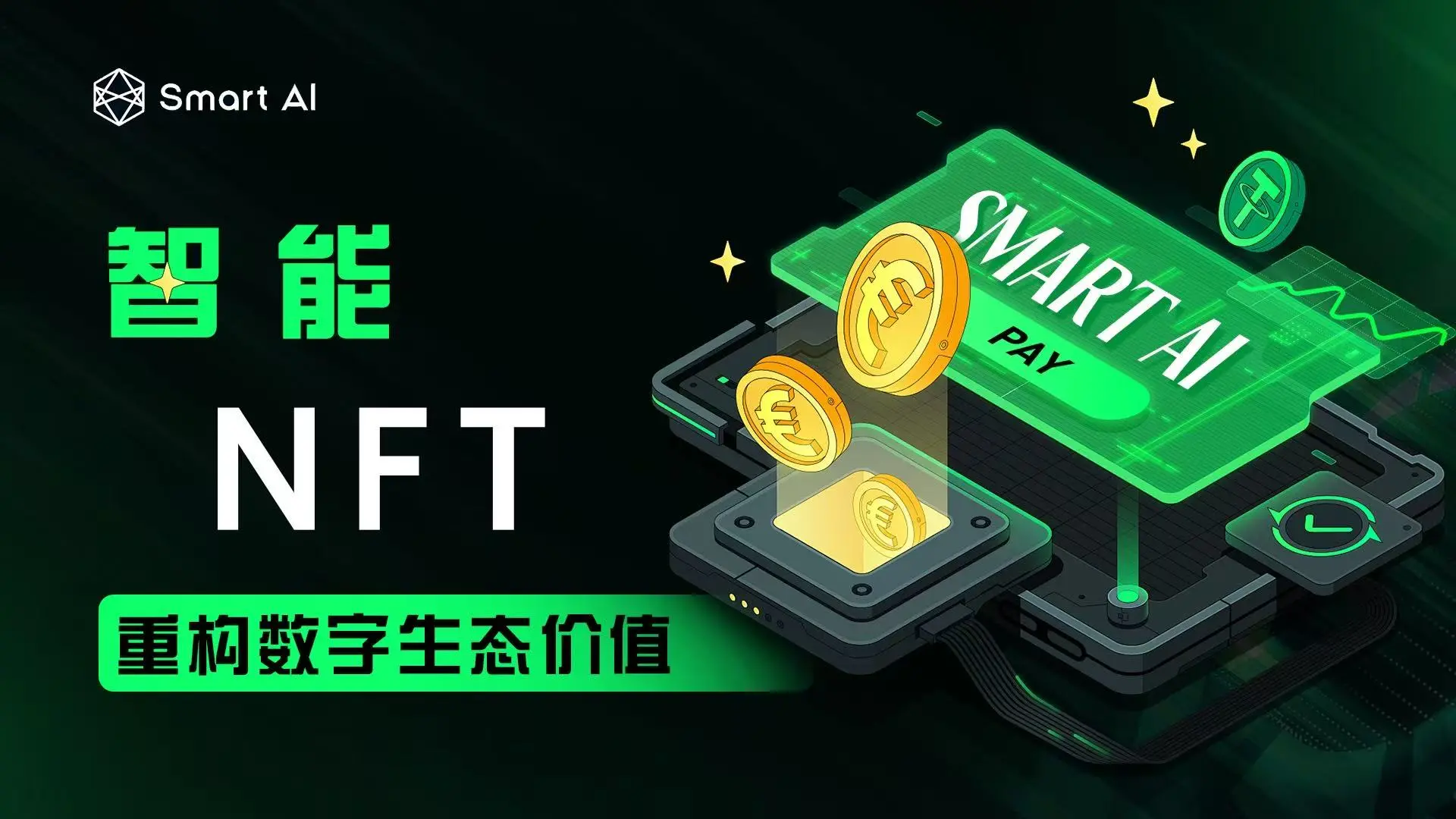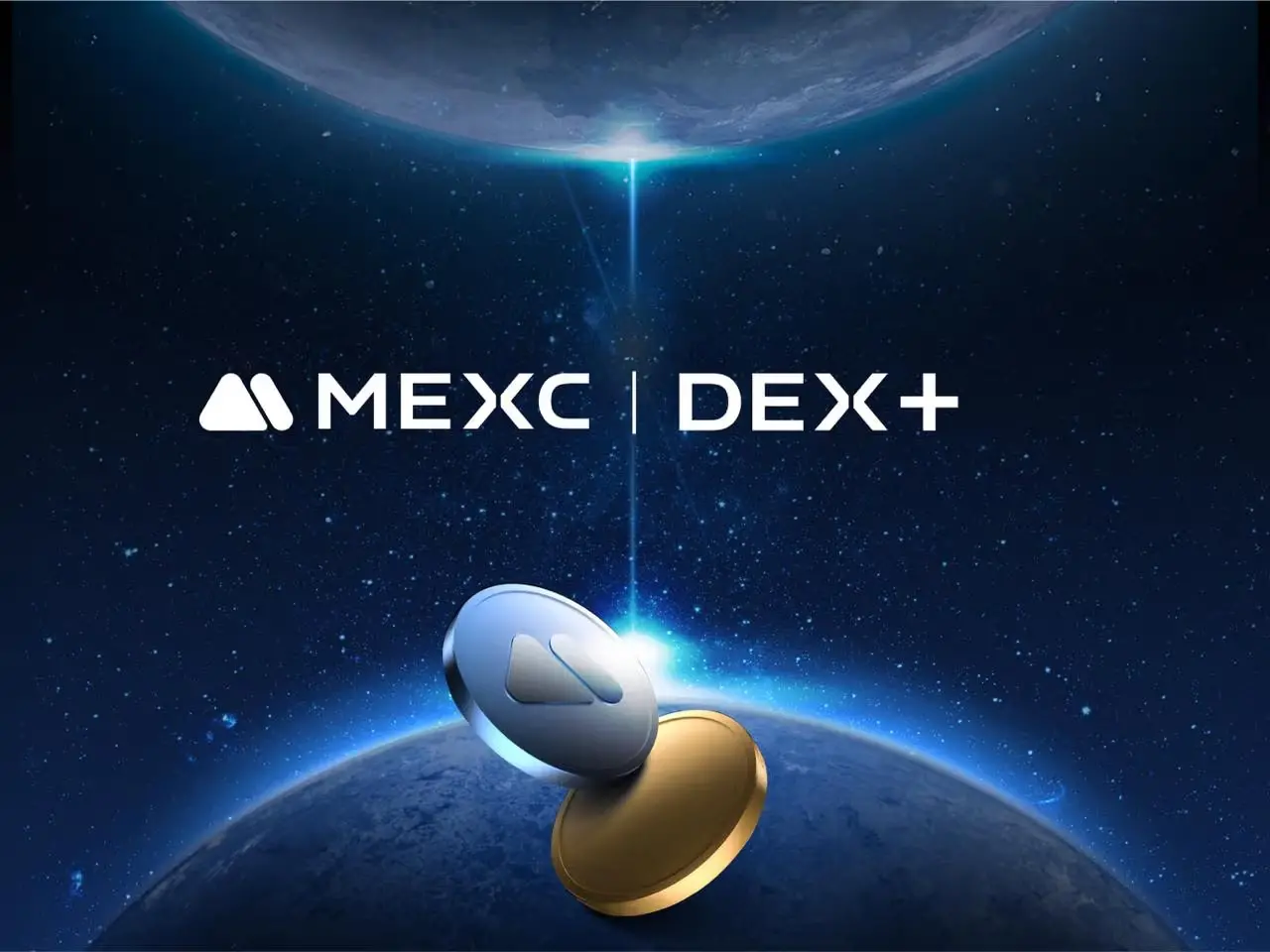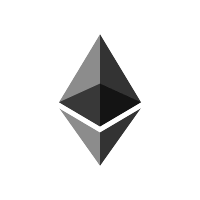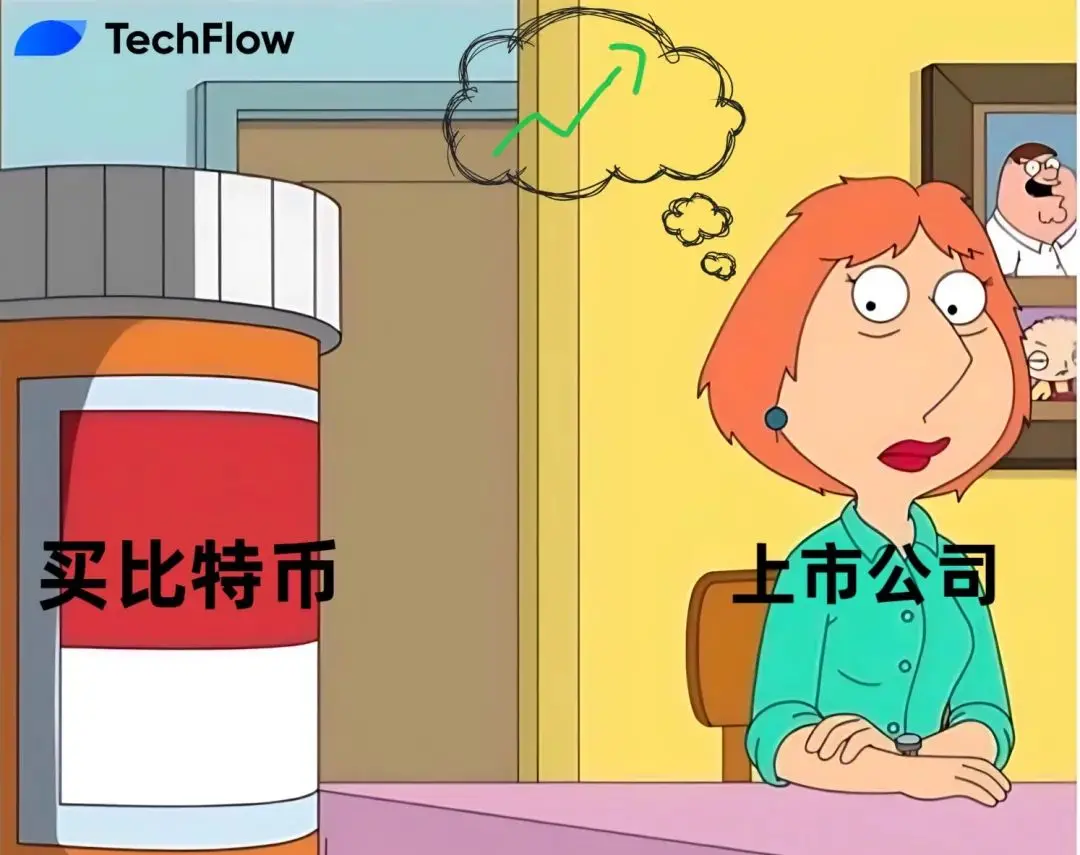The Bitcoin ecosystem is about to explode, and Zulu Network has pioneered a dual-layer architecture solution
Author: LiChris
On April 20, 2024, when the Bitcoin block height reached 840,000, the fourth halving of mining rewards occurred, reducing from 6.25 BTC to 3.125 BTC. Although this event did not cause much of a stir in Bitcoin's price movements on that day, viewing this halving from a higher dimension may lead to different discoveries. Especially compared to the previous three halvings, this halving event has quietly sown a seed full of imagination and infinite possibilities for the future development of the Bitcoin ecosystem and even the cryptocurrency industry.
Is Bitcoin still just a payment tool?
In October 2008, Satoshi Nakamoto published the Bitcoin whitepaper, clearly defining it in the title as "A Peer-to-Peer Electronic Cash System." Over the past decade, whether in people's perceptions or practical applications, Bitcoin has largely been confined to this cage—a pioneering, unregulated payment system that is also not very user-friendly. Although many entrepreneurs have continuously worked to improve transaction efficiency and the scalability of the Bitcoin network, there has been no breakthrough progress. This has become a strong argument for Bitcoin's opponents; the website 99bitcoins has an interesting statistic that records the number of times mainstream media has "declared Bitcoin dead" since 2010.
However, it is evident that with these 477 "death notices," Bitcoin has continued to grow amidst skepticism, and has now become an emerging financial entity with a market capitalization exceeding $1.2 trillion, ranking tenth in the global asset leaderboard. So, what force has driven Bitcoin to achieve such remarkable results in just 15 years? Here, we can review this by using the timeline of Bitcoin's halving events as a reference.
The first Bitcoin halving occurred in November 2012, reducing the mining reward from 50 BTC to 25 BTC, after which Bitcoin's price reached its first bull market peak of over $1,180 in November 2013;
The second halving took place in July 2016, reducing the mining reward from 25 BTC to 12.5 BTC, and subsequently, Bitcoin's price peaked at $19,000 in November 2017;
The third halving occurred in May 2020, reducing the mining reward from 12.5 BTC to 6.25 BTC, and Bitcoin's price reached a peak of $69,000 in November 2021.
At the time of the first halving, Bitcoin was still in a relatively niche circle, with a total market capitalization of less than $20 billion based on the peak price in November 2013 and the total mined amount at that time. Nevertheless, Bitcoin quickly gained attention from Wall Street capital in the following years, leading to the successful listing of multiple Bitcoin futures ETFs in 2017, and attracting continuous purchases of Bitcoin by trusts like Grayscale, significantly contributing to Bitcoin's price reaching new highs in 2017 and 2021.
So, what different expectations will the continuous influx of Wall Street capital and this Bitcoin halving bring to the market for future developments? Simply put, it means a larger narrative chapter.
Inscriptions may just be a dessert in the Bitcoin ecosystem
The term "ecosystem" seems somewhat unfamiliar and distant for the Bitcoin network. Due to the prioritization of security in Satoshi Nakamoto's original design, a considerable amount of efficiency and scalability was sacrificed.
However, with the rise of the inscription craze represented by the Ordinals protocol, we are excited to discover that similar to NFTs on the Ethereum network, they can also be perfectly replicated on the Bitcoin network. Moreover, Ordinals does not require sidechains or tokens other than Bitcoin and can be used without altering the Bitcoin network, possessing the same permanence, immutability, security, and decentralization as Bitcoin.
Tracing back, although the Ordinals protocol was proposed by developer Casey Rodarmor on January 21, 2023, the idea of assigning a unique serial number to each sat to allow users to track each sat on the blockchain was actually proposed as early as October 2012 by a BitcoinTalk forum user with the ID @jl2012. However, due to the objective conditions at that time, it did not attract much attention from the community.
With the rich ecosystem based on Ethereum as a reference, we can now more easily understand and accept this new phenomenon of inscriptions. For example, we know that inscriptions do not necessarily have to represent non-fungible tokens; users can also create secure tokens and other assets based on Bitcoin. Since Ordinals inscriptions are entirely on-chain, stored in taproot transaction scripts, it means that the Ordinals protocol has revived the enormous potential for tokenizing assets on the highly secure and decentralized Bitcoin blockchain. Furthermore, it is also a means of permanently storing digital content directly on-chain—something that is rare in the NFT field.
For this reason, Ordinals is actually receiving increasing attention, including from seasoned NFT players on Ethereum and other public chains. Although since the issuance of the Ordinals protocol token—ORDI—the price has seen a remarkable rise, we believe that the true impact of Ordinals has yet to be fully realized. The prospects of the Bitcoin ecosystem are only showing the tip of the iceberg, and there remains a broader market for developers to explore and develop.
The Ethereum ecosystem relies on L2, what about the Bitcoin ecosystem?
The prosperous scene of the Ethereum ecosystem is evident; it has not only become the largest ICO platform but also gathers numerous projects focused on different subfields such as DeFi, GameFi, SocialFi, and more. However, it inevitably faces the "impossible triangle" problem. In the process of robust ecological development, how to improve efficiency has become an ongoing topic, as every participant in the ecosystem is unwilling to bear gas fees that can easily exceed hundreds of dollars.
Thus, we see the emergence of L2 developers, whether it is the error-proofing used by Optimistic Rollups or the validity-proofing scheme adopted by zk-rollups, the core of both is to execute smart contract state changes off-chain and verify them on-chain, thereby increasing blockchain throughput and reducing costs.
According to statistics from l2beat.com, since September 2021, the assets locked in Ethereum L2 have shown a rapid growth trend, currently locking over 12 million ETH, valued at over $38.7 billion, accounting for more than 10% of ETH's circulating market capitalization.
Another point to note is that the TPS of the Ethereum network is about 27, while the Bitcoin network only has around 5, with the former being more than five times that of the latter. According to statistics from Twitter account @bitrabbit.btc, after the BRC20 began trading on April 24, 2023, the Bitcoin network's UTXO quickly soared to 140 million by the end of November that year, in about seven months. In comparison, Bitcoin accumulated only 87 million UTXOs over the past 14 years, and among the newly added over 50 million UTXOs, 40 million were tiny transactions of 100-1000 satoshis. If these transactions are calculated based on the current TPS, they may never be packaged and processed for decades or even forever, and objectively, they pose a similar DDOS attack risk to Bitcoin with junk transactions. From another perspective, if the Bitcoin ecosystem continues to develop, the demand for efficiency will inevitably exceed that of Ethereum, necessitating innovative Bitcoin L2 solutions to confront this realistic and severe issue.
Zulu Network: Bridging Bitcoin and Ethereum
When it comes to Bitcoin L2, aside from well-known projects like Stacks, RSK, and Liquid, new solutions such as Zulu Network, Merlin, BitVM, and BEVM also offer fresh ideas. However, today we will first introduce Zulu's proposal to expand the functionality of the Bitcoin network by introducing a dual-layer architecture. This is the first entrepreneurial project to propose this solution in the Bitcoin L2 track.
How can we understand Zulu's proposal of "introducing a dual-layer architecture"? Simply put, it involves a two-step approach—ZuluPrime (L2) elevates BitFi (Bitcoin DeFi) to a new level through EVM, while ZuluNexus (L3) innovatively expands Bitcoin's native functionality through UTXO. ZuluPrime operates as the second layer of Bitcoin, emphasizing EVM compatibility and providing stable and mature decentralized finance (DeFi) applications and financial services for the Bitcoin network, while enabling the use of BTC and BRC20 tokens across different dApps without switching to other ecosystems. On the other hand, ZuluNexus is positioned as the second layer of ZuluPrime, essentially serving as the third layer of Bitcoin. It adopts a hybrid virtual machine (VM) design that, while not EVM-compatible, supports both UTXO and account types, creatively merging the need for overall architectural stability with the efficiency demands of ecosystem development.
Furthermore, relying solely on EVM compatibility faces challenges, including limitations on ecosystem innovation and application scenarios, while completely retaining UTXO characteristics carries inherent risk issues. To address these problems and facilitate the rapid deployment of DeFi protocols on the Bitcoin network, Zulu cleverly proposed the dual-layer architecture design concept.
Additionally, in April 2024, Zulu Network announced the completion of a $3 million Pre-Seed round of financing, with investors including Cryptogram Venture (CGV), D11 Labs, Web3.com Ventures, Satoshi Labs, and other well-known investment institutions in the industry.
Conclusion
In the survival rules of the cryptocurrency industry, it has never been about big fish eating small fish, but rather fast fish eating slow fish. Here, "fast fish" refers not only to strong action capabilities but, more importantly, to a keen perception and judgment of industry development trends, coupled with the ability to take action. This has been validated multiple times in the competition across various tracks. Facing the imminent explosion of the Bitcoin ecosystem, only by seizing the opportunity to dive in can one hope to secure a foothold. If we roughly estimate based on the TVL scale of Ethereum L2 mentioned above, when the Bitcoin ecosystem develops to a similarly prosperous stage, the Bitcoin L2 cake could reach hundreds of billions or even trillions of dollars, which is undoubtedly a vast blue ocean. Zulu Network and many Bitcoin L2 developers have great potential for the future.













